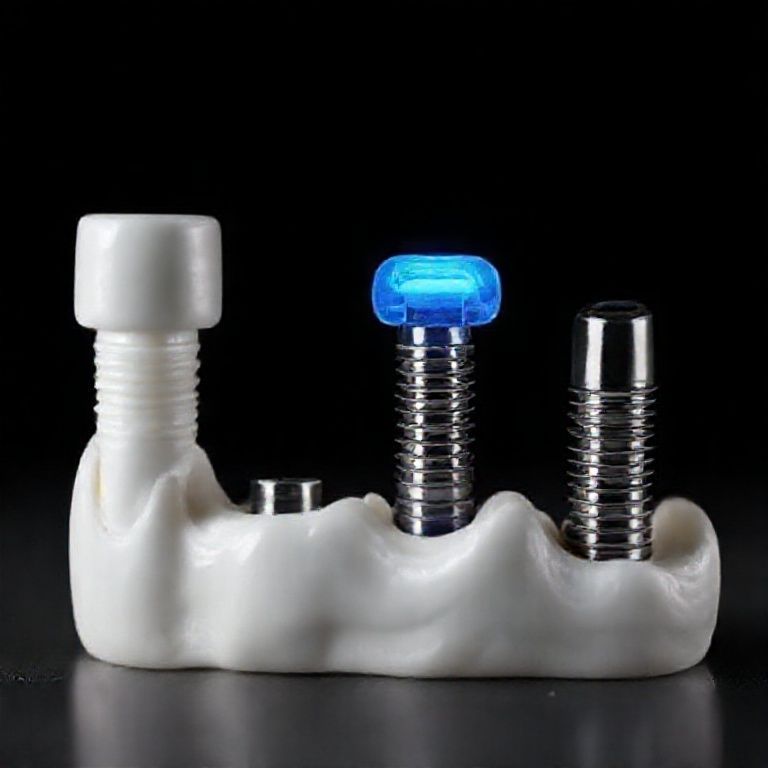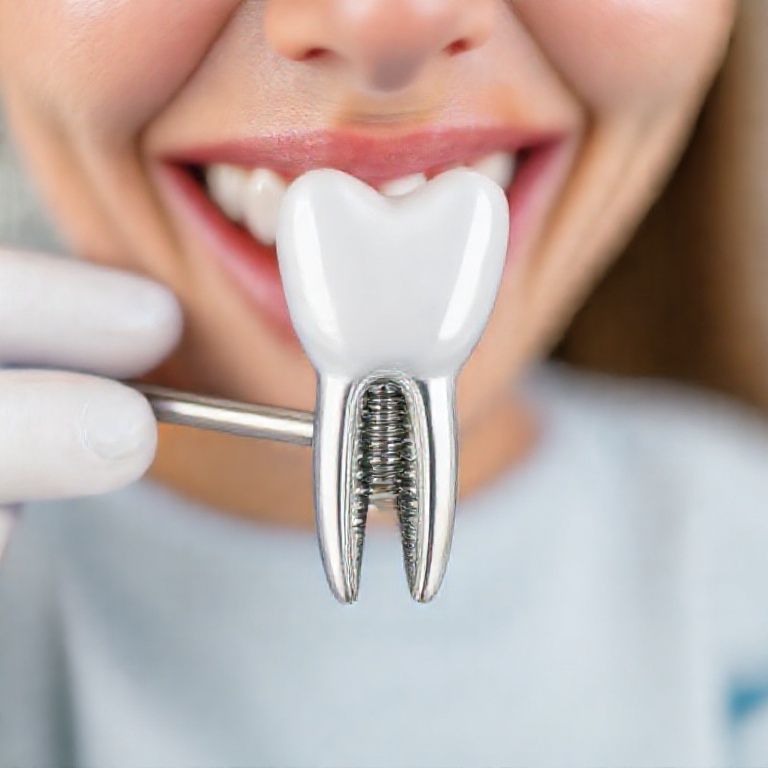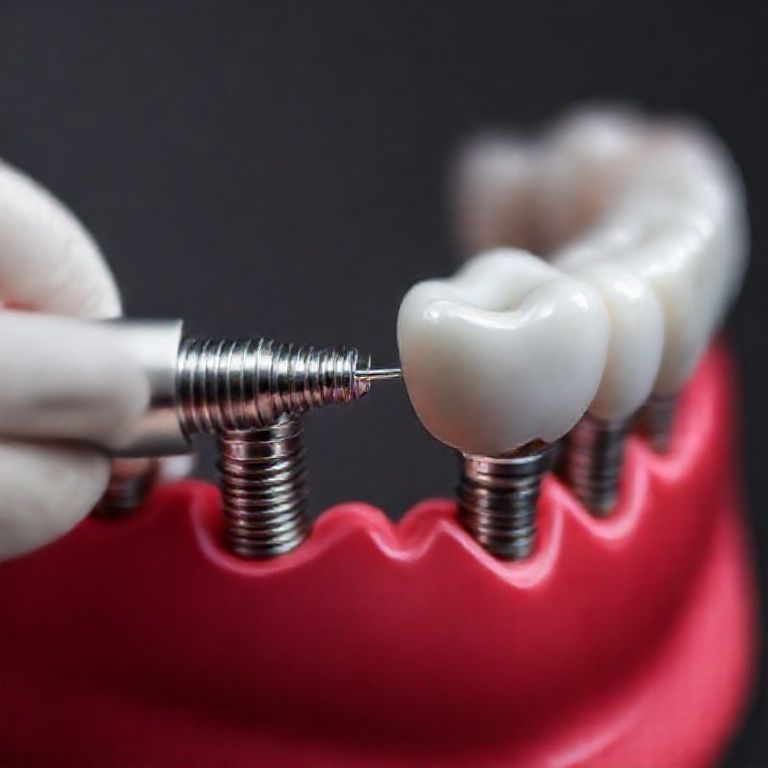New Dental Implants Costs
Dental implants have revolutionized the field of dentistry, offering a permanent solution for missing teeth that looks, feels, and functions like natural teeth. Whether you’ve lost a tooth due to injury, decay, or age, dental implants provide a durable and aesthetically pleasing alternative to dentures or bridges. However, one of the most common questions people have is: How much do new dental implants cost?
This article delves deep into the world of dental implants, exploring everything from the types of implants available to the factors that influence their cost. By the end of this guide, you’ll have a comprehensive understanding of dental implants, enabling you to make an informed decision about whether they’re the right choice for you.

2. What Are Dental Implants?
Dental implants are artificial tooth roots made of biocompatible materials like titanium. They are surgically placed into the jawbone to support a replacement tooth or bridge. Unlike dentures, which sit on the gums, implants are anchored securely in the bone, providing unmatched stability and functionality.
Key Components of a Dental Implant:
- Implant Post: The screw-like structure that acts as the root.
- Abutment: The connector that holds the replacement tooth.
- Crown: The visible part of the implant, custom-made to match your natural teeth.
3. Types of Dental Implants
There are several types of dental implants, each designed to meet specific needs:
3.1 Endosteal Implants
The most common type, placed directly into the jawbone. Suitable for patients with sufficient bone density.
3.2 Subperiosteal Implants
Placed under the gum but above the jawbone. Ideal for patients with insufficient bone height.
3.3 Zygomatic Implants
Anchored in the cheekbone (zygoma) instead of the jawbone. Used in cases of severe bone loss.
3.4 Mini Dental Implants
Smaller in size, used for stabilizing lower dentures or in patients with limited bone structure.
4. The Dental Implant Procedure: Step-by-Step
The dental implant process typically involves multiple stages and can take several months to complete. Here’s a detailed breakdown:
4.1 Initial Consultation
- Comprehensive examination, including X-rays and 3D imaging.
- Assessment of bone density and gum health.
4.2 Bone Grafting (If Necessary)
- Required if the jawbone is too thin or soft to support the implant.
4.3 Implant Placement
- The implant post is surgically inserted into the jawbone.
- Healing period (osseointegration) of 3-6 months follows.
4.4 Abutment Placement
- Once the implant fuses with the bone, the abutment is attached.
4.5 Crown Placement
- A custom-made crown is fitted onto the abutment.
5. Factors Influencing the Cost of Dental Implants
The cost of dental implants varies widely depending on several factors:
5.1 Geographic Location
- Costs are higher in urban areas and developed countries.
5.2 Number of Implants
- Single tooth implants are cheaper than full-mouth restorations.
5.3 Type of Implant
- Premium materials and advanced techniques increase costs.
5.4 Additional Procedures
- Bone grafting, sinus lifts, or extractions add to the total cost.
5.5 Dentist’s Expertise
- Experienced specialists may charge more for their services.
6. Average Cost of Dental Implants Worldwide
Below is a table summarizing the average cost of dental implants in different regions:
| Country/Region | Average Cost per Implant (USD) |
|---|---|
| United States | 3,000−3,000−6,000 |
| United Kingdom | 2,500−2,500−5,000 |
| Australia | 3,000−3,000−7,000 |
| India | 800−800−2,000 |
| Mexico | 1,000−1,000−2,500 |
7. Insurance and Financing Options
Dental implants are often considered a cosmetic procedure and may not be fully covered by insurance. However, some plans offer partial coverage. Financing options include:
- Payment plans through dental offices.
- Medical credit cards.
- Health savings accounts (HSAs).
8. Benefits of Dental Implants
- Natural Appearance: Implants look and feel like real teeth.
- Durability: With proper care, implants can last a lifetime.
- Improved Oral Health: Unlike bridges, implants don’t require altering adjacent teeth.
- Enhanced Functionality: Restores full chewing power.
9. Risks and Complications
While dental implants have a high success rate (over 95%), potential risks include:
- Infection at the implant site.
- Nerve damage.
- Implant failure due to poor osseointegration.
10. How to Choose the Right Dentist or Specialist
- Look for board-certified professionals with extensive experience.
- Read patient reviews and ask for before-and-after photos.
- Ensure the clinic uses state-of-the-art technology.
11. Maintenance and Care for Dental Implants
- Brush and floss regularly.
- Schedule routine dental check-ups.
- Avoid chewing hard objects like ice or candy.
12. Alternatives to Dental Implants
- Dentures: Removable prosthetic teeth.
- Dental Bridges: Fixed prosthetic teeth anchored to adjacent teeth.
13. Frequently Asked Questions (FAQs)
Q1: How long do dental implants last?
A: With proper care, implants can last a lifetime.
Q2: Does the procedure hurt?
A: Local anesthesia ensures the procedure is pain-free. Some discomfort may occur during recovery.
Q3: Can anyone get dental implants?
A: Most people are eligible, but adequate bone density and good oral health are required.
14. Conclusion
Dental implants are a life-changing solution for missing teeth, offering unparalleled benefits in terms of aesthetics, functionality, and durability. While the cost can be significant, the long-term advantages make them a worthwhile investment. By understanding the factors that influence pricing and exploring financing options, you can take the first step toward restoring your smile and confidence.
15. Additional Resources
- American Academy of Implant Dentistry
- International Congress of Oral Implantologists
- National Institute of Dental and Craniofacial Research


